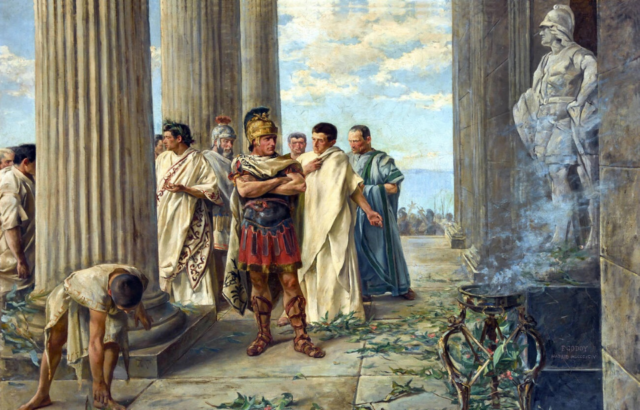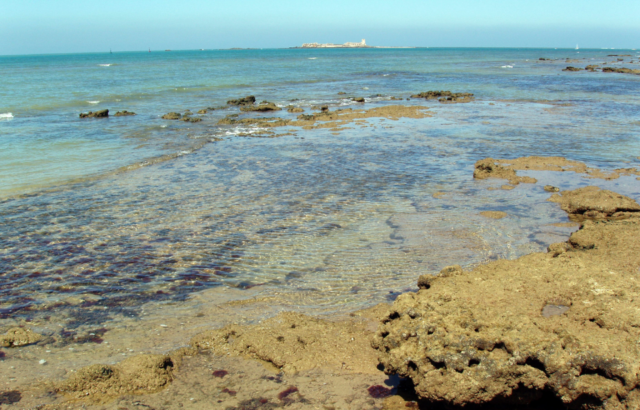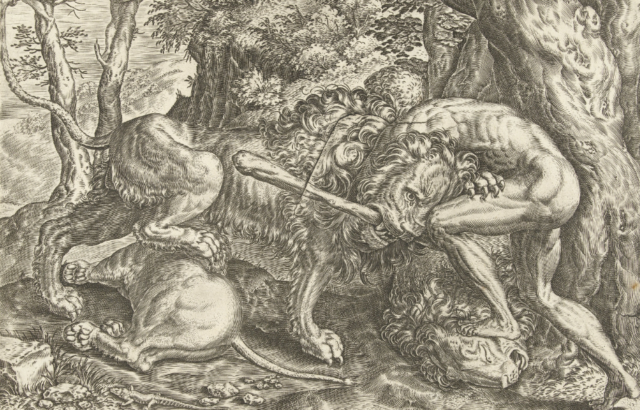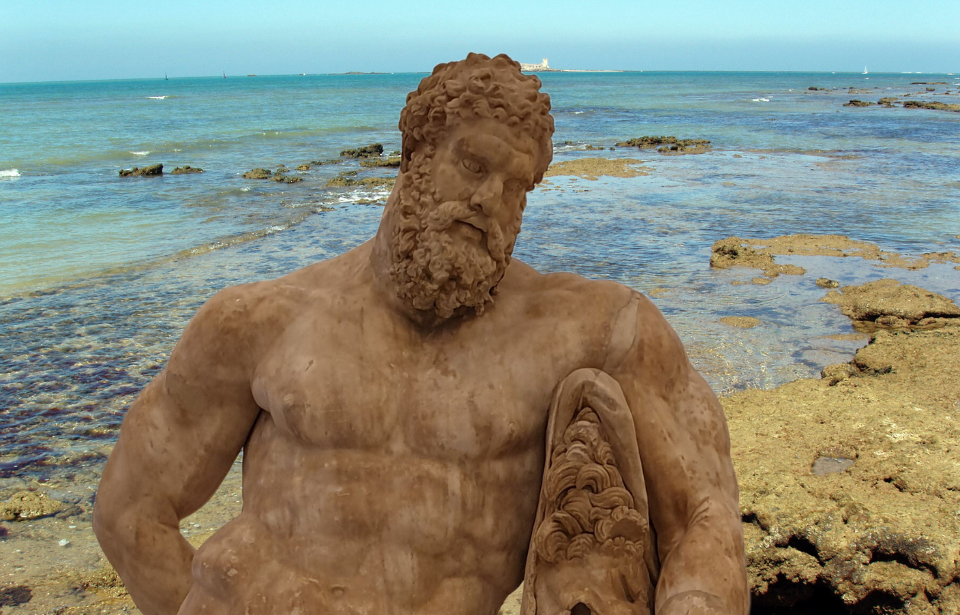The Temple of Hercules Gaditanus, also known as the Temple of Melqart, Hercules-Melqart, or Melkart-Herakles, was one of the most important sanctuaries in the Western Roman Empire. Dating to the eighth century BC, it was constructed outside the Phoenician city of Gadir in southern Spain, near the modern city of Cadiz. The temple was lost for centuries until 2021 when Spanish archaeologists claimed to have discovered it in the Bay of Cadiz.
Temple of Hercules Gaditanus
The only ancient references to the temple are in the writings of Roman authors ranging from the first century BC through the fifth century AD. These include Cassius Dio, Suetonius, as well as Julius Caeser’s writings. These literary references, however, only provide so much information.

What ancient sources suggest is that the temple was very large and contained an eternal flame. It was also decorated with depictions of Hercules completing his twelve labors, possibly in bronze. Ancient authors are not in agreement whether a pair of pillars Herakles erected were nearby or part of the sanctuary itself.
Ancient sources also discuss the use of the sanctuary by Hannibal, who stopped there to give offerings to the gods before he crossed the Alps in an attempt to conquer Rome. They also tell the story of Julius Caesar weeping upon seeing a depiction of Alexander the Great at the temple, fearing that he may never equal his hero in dominating the world.
One of the ‘holy grails of archeology’
The trek to discover the temple began with Ricardo Belizón, a graduate student in archaeology at the University of Seville. He spotted an unusual outline on a topographic model. Belizón had been looking at data from Spain’s PNOA-LIDAR project, which had been mapping the country since 2009 with the purpose of uncovering what Cadiz’s coastline would have looked like in ancient times. Belizón actually stumbled upon the Temple of Hercules Gaditanus.

It is in the waters of a channel of the Bay of Cadiz, discovered using Light Detection and Ranging (LIDAR). This technology uses lasers fired at the ground and measures the time for the reflected light to return to create images of the floor of the bay. A structure with a length of 984 feet and a width of 492 feet was identified on what was once an island.
Jesús A. Cañas of El País described the temple as one of the “holy grails of archaeology.” However, the Spanish researchers from the University of Seville were not quite so quick to celebrate. Francisco José García, the director of the Department of Prehistory and Archaeology of the University of Seville, who worked with the team, told The Times, “Researchers are very reluctant to go for ‘show archaeology’ fed by the mass media, but in this case, we are faced with some spectacular finds.”
This “first class” discovery has not resulted in an attempt to excavate the site. It was reported that similar excavations in the region have been difficult due to a marshy coastline, shifting topography in the shallow channels, and the rising and falling of sea levels.
The possible troubles in further examining the site actually help in its identification. Milagros Alzaga, head of the Andalusian Institute’s Center for Underwater Archaeology, stated that ancient sources describe “a challenging environment, in contact with the sea, subject to changing tides.” The discovery indicates that the area previously had various structures, including docks.
The twelve labors of Hercules
The temple was initially dedicated to Melqart, a Phoenician god. It was rededicated to Hercules and continued to be a sanctuary within the Roman Empire. One of the most striking aspects of the temple was the two central columns at the front. These apparently represented Hercules completing his twelve labors in bronze.

Hercules, which is the Roman name, is equivalent to the Greek Heracles. He was the son of Jupiter and the mortal Alcemena. The goddess Hera was determined to hurt Hercules and made him lose his mind. In a confused rage, Hercules killed his own wife and children.
Awakening from his “temporary insanity,” Hercules was devastated by what he had done. He prayed to Apollo for guidance, and the god’s oracle told him to serve Eurystheus, the king of Tiryns and Mycenae, for 12 years as punishment. As part of this punishment, Hercules was required to complete twelve labors.
These were feats so difficult that they seemed impossible, but during his labors, Hercules was sometimes assisted by Hermes and Athena, who were sympathetic to his plight.
More from us: San Severino di Centola, the Italian Town Locals Want to Remain Ghostly
Once he had completed these labors, Hercules had become Greece’s greatest hero and also the embodiment of the Greek ideal of pathos.
